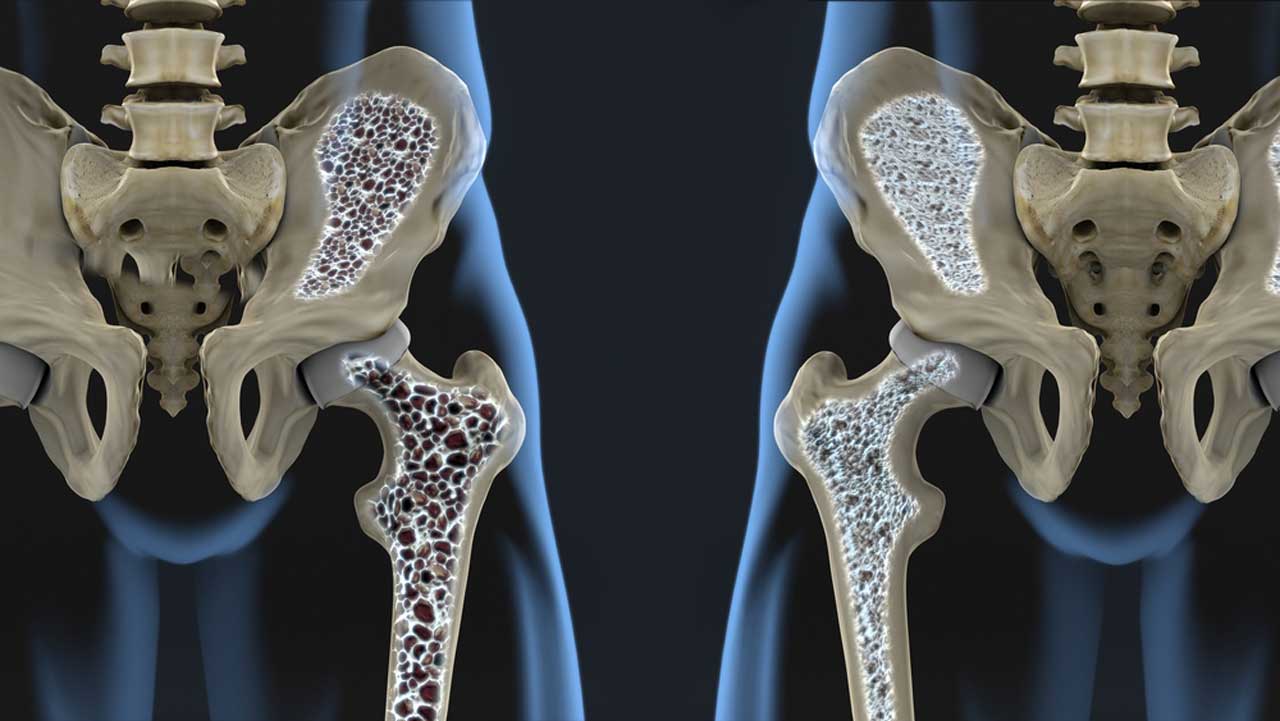
•Chronic exposure to lead, cadmium arsenic increases risk of heart, blood vessels disease, researchers find
A professor of Medicine and Chief of Cardiology, Lagos University Teaching Hospital (LUTH), Jane Ajuluchukwu has urged the current administration to initiate policies and provide necessary infrastructure that would address cardiovascular diseases in the country.
Cardiovascular disease (CVD) is any disease involving the heart or blood vessels. CVDs constitute a class of diseases that includes: coronary artery diseases (example angina, heart attack), stroke, heart failure, hypertensive heart disease, rheumatic heart disease, cardiomyopathy, abnormal heart rhythms, congenital heart disease, valvular heart disease, carditis, aortic aneurysms, peripheral artery disease, thromboembolic disease, and venous thrombosis.
Speaking at the third International Scientific Workshop and Conference 2023 held at LUTH recently, she expressed concern over rising cases of cardiovascular diseases
With the theme: “Cardiovascular Disease and Lifestyle,” she disclosed: “World Health Organisation (WHO) and other bodies notice that cases of Cardiovascular Diseases are rising. We also have scientific data that shows lifestyle contributes to the problems. Lifestyle interventions can also be used to prevent and minimise the risks.”
She identified risk factors as, smoking, lack of physical activities, excessive alcohol consumption, dietary like excessive salt intake, poor vegetable and fruits intake
Ajuluchukwu said government must provide the right policies, which include environmental and infrastructural. For instance, she said “if I want to exercise by riding bicycle and the roads are not smooth, then it is an issue. So government must provide good roads to encourage physical activities.”
Chief Medical Director LUTH, Prof. Wasiu Adeyemo, said: “Apart from the keynote speaker, we are also giving opportunities for experts to share their findings in research. It is important to let people know what is good and not good for them. As a teaching hospital, we have the responsibility to let our members of staff, whether medical or non-medical know what to do in terms of cardiovascular disease and we know federal government is doing their best in terms of providing resources. It is also important to let them know we are making good use of the equipment they have given us. The previous government, in the last four years spent a lot of money in the health sector. We also want to encourage the new government to continue along that trajectory. They must take the health of Nigerians as a priority. Everybody must also be taken care of in the National Health Insurance Act (NHIA).”
Chairman of the event, Femi Olugbile observed there is little awareness concerning the disease and the relationship with our lifestyle. “We need to push out the right information concerning what we should eat or not in order to maintain a healthy lifestyle. People are being fed with questionable information from the wrong sources and it is affecting their lifestyles.”
Deputy Chairman Medical Advisory Committee LUTH, Yewande Oshodi, said: “Our expectations are that are members of staff that have learnt one or two things on how to manage cardiovascular disease can convey the information to the populace that we serve by creating awareness and promote right lifestyle choices.”
Meanwhile, according to a new American Heart Association scientific statement published in the Journal of the American Heart Association, an open access, peer-reviewed journal of the American Heart Association chronic exposure to low levels of lead, cadmium and arsenic through commonly used household items, air, water, soil and food is associated with an increased risk of cardiovascular disease.
This scientific statement reviews evidence linking chronic exposure to low or moderate levels of three contaminant metals — lead, cadmium and arsenic — to cardiovascular diseases including coronary artery disease, stroke and peripheral artery disease. It highlights clinical and public health implications. Traditional risk factors for cardiovascular disease do not currently include environmental toxicants. The field of environmental cardiology identifies exposure to pollutants including contaminant metals as modifiable risks for cardiovascular disease.
“Large population studies indicate that even low-level exposure to contaminant metals is near-universal and contributes to the burden of cardiovascular disease, especially heart attacks, stroke, disease of the arteries to the legs and premature death from cardiac causes,” said Gervasio A. Lamas, M.D., FAHA, chair of the statement writing group and chairman of medicine and chief of the Columbia University Division of Cardiology at Mount Sinai Medical Center in Miami Beach, Florida.
“These metals interfere with essential biological functions and affect most populations on a global scale,” said vice chair of the statement writing group Ana Navas-Acien, M.D., Ph.D., a professor of environmental health sciences at Columbia University’s Mailman School of Public Health and the director of the Columbia University Northern Plains Superfund Research Program in New York City. “After exposure, lead and cadmium accumulate in the body and remain in bones and organs for decades. In the U.S. alone, one large study suggested that more than 450,000 deaths annually could be attributed to lead exposure.”
Where are people exposed to contaminant metals? Exposure to contaminant metals most often occurs involuntarily, through activities of daily living. Lead may be found in a variety of items such as paint in old homes (lead paint was banned in the U.S. in 1978), tobacco products, second-hand smoke, contaminated foods (ground water and some pottery, ceramics and kitchenware are sources of lead contamination in food), water pipes, spices, cosmetics, electronics and industrial emissions.
Cigarette smoking is a source of both lead and cadmium.
Cadmium is found in nickel-cadmium batteries, pigments, plastic, ceramics and glassware, and construction products. Industrially produced fertilizers use phosphate rock that is naturally rich in cadmium, which then contaminates root vegetables and leafy green plants (including tobacco).
Arsenic exposure is primarily through groundwater, which affects drinking water, soil and food grown in contaminated soil. Notably, arsenic builds up in rice more than other food crops.
While exposure and risk occur across diverse populations regardless of socioeconomic level, some people experience greater exposure to toxic metals, according to the statement. Risk of exposure is higher for people who live closer to major roadways, industrial sources and hazardous waste sites; reside in older houses; or in areas where environmental regulations are poorly enforced and responses to community complaints are inadequate.
What are the cardiovascular risks of contaminant metals? The scientific statement outlines global epidemiologic research confirming that lead, cadmium and arsenic are associated with premature death, due in large part to increased cardiovascular disease risk. The global research includes:
A 2021 American Heart Association scientific statement recognized exposure to toxic metals as a non-conventional risk factor for peripheral artery disease.
A 2018 review published in the British Medical Journal assessed 37 studies representing nearly 350,000 people from more than a dozen countries. The review reported that higher urine levels of arsenic and blood levels of lead and cadmium were associated with 15 per cent-85 per cent higher risk for stroke and heart disease.
One study in China found that higher levels of lead in the blood were associated with carotid plaque in people with Type 2 diabetes. Another found that cadmium and arsenic were associated with a higher rate of heart disease and ischemic stroke.
In Spain, a general population study found that cadmium in urine was associated with increased rates of newly diagnosed cardiovascular disease.
What can be done about metals in the environment? Monitoring environmental metal levels and testing for metal in individuals are key steps to implement appropriate public health initiatives, the writing group suggests. Lead levels in children with symptoms of exposure are monitored by health professionals using blood tests. However, there are no monitoring guidelines or exposure limits established for contaminant metals in adults other than those required for specific types of work. Future research is needed to establish if such testing may be an effective strategy to identify and protect people at risk of cardiovascular disease.
The statement authors note that decreasing metal exposure in tobacco, protecting community water systems and wells, and minimizing metal contamination in air, food and soil are all examples of public health measures that may reduce exposure to metals.
While there is currently no standard medical therapy to counteract the vascular impact of contaminant metals, there is research in progress to address the potential for treating individuals for exposure. Some research is assessing the effect of chelating agents, which are medications that can remove contaminant metals, especially lead and cadmium, from the body. The chelating agent binds to metals so they can be excreted. In addition, the statement suggests research is needed to investigate nutritional supplements that may reduce the effects of contaminant metals and accelerate excretion. Supplements that have shown potential based on small trials include folate and N-acetyl cysteine.





